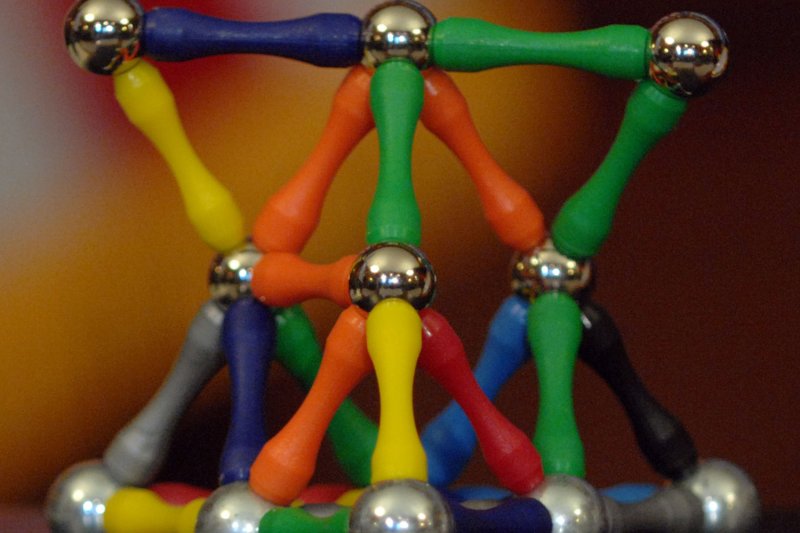Magnets could one day cool refrigerators. (UPI Photo/Roger L. Wollenberg) |
License Photo
BOSTON, July 28 (UPI) -- Researchers at MIT have offered a new theory that suggests magnets can work as cooling agents and may one day cool refrigerators.
The new theory describes the behavior of magnons inside a magnet. Magnons are the quasi-particles in magnets that constitute magnetic moments, or "spins" -- the collective excitation of an electron's energy through the magnet. This movement of these magnetic moments or energy is generally aligned in the same direction, each moment like a little arrow all pointing in the same general direction -- thus creating the magnetic force.
Specifically, the new theory suggests that magnons behave similarly to electrons, in that they can simultaneously carry an electrical charge and conduct heat. Researchers at MIT were recently able to show that magnons move as a response to both a temperature gradient and a magnetic field. This revelation allowed scientists to apply thermoelectric equations to magnons, thus predicting a new magnon cooling effect, similar to the thermoelectric cooling effect.
"You can pump heat from one side to the other, so you can essentially use a magnet as a refrigerator," explained Bolin Liao, a graduate student in MIT's Department of Mechanical Engineering. "You can envision wireless cooling where you apply a magnetic field to a magnet one or two meters away to, say, cool your laptop."
Liao developed these theories alongside fellow graduate student Jiawei Zhou. Their work was overseen and aided by Department of Mechanical Engineering head Gang Chen. Together, the researchers produced a paper detailing the magnon cooling theory. The study was recently published in the journal Physical Review Letters.
Before scientists figure out exactly how these new theories apply to kitchen appliances, they need to do a lot more research. Right now, the equations are only theories, and they need to be applied in a laboratory setting. Chen suggests the theories might be most applicable to the task of wireless cooling at extremely low temperatures.
"At this stage, potential applications are in cryogenics -- for example, cooling infrared detectors," Chen said. "However, we need to confirm the effect experimentally and look for better materials. We hope this will motivate new experiments."
"There's still a long way to go for thermoelectrics to compete with traditional technologies," Liao added. "Studying the magnetic degree of freedom could potentially help optimize existing systems and improve the thermoelectric efficiency."















